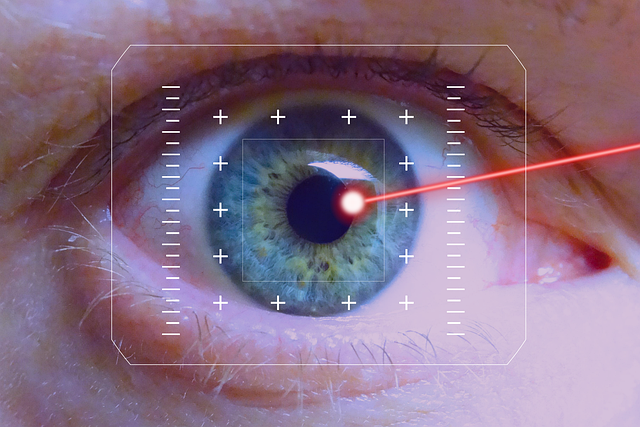Mastering Art and Design: Achieving Perfect Lighting in Photography
In the world of photography, lighting is everything. It can transcend a simple snapshot into an awe-inspiring work of art. To create images that captivate viewers, photographers must develop an understanding of how to manipulate light and achieve a light defect-free environment. This journey begins with a realization: art is not just about capturing a moment, but rather about designing that moment with precision.
The Role of Light in Art
Light is the painter behind every photograph, sculpting shadows and defining the mood. When striving for artistic excellence, consider how natural and artificial sources can enhance your subject. The golden hour, that magical time just after sunrise or before sunset, casts a warm glow, softening details and creating emotions. On the other hand, harsh noon sunlight can create stark contrasts and highlight imperfections if not handled well. Understanding these nuances can empower you to choose the right moment to capture your artistic vision.
Designing with Light
Design is about making intentional choices, and light should not be an afterthought. Achieving light defect-free photography requires carefully planning your setup. Use reflectors to bounce light, diffusers to soften it, and consider the color temperature of your light sources. A well-designed lighting setup can bring depth to your photographs. Elements like backlighting can create silhouettes, while side lighting can add texture and dimension. Each design choice you make regarding light contributes to the final narrative of your image.
Overcoming Common Lighting Challenges
Every photographer, at some point, faces challenges with lighting. Shadows can be harsh, highlights can be blown out, or the image may lack contrast. These issues not only detract from the beauty of your photograph but can also frustrate your creative flow. To combat this, begin with a solid understanding of your camera settings. Mastering ISO, aperture, and shutter speed can help you adapt to varying light conditions, keeping your photographs light defect-free.
The Power of Post-Processing
Once the photograph is taken, the work does not stop. Post-processing offers an opportunity to enhance and perfect the lighting of your images. Software like Adobe Lightroom or Photoshop can help to correct exposure issues, adjust contrast, and even change the color balance. However, it is critical to remember that while post-processing can refine your work, it should not replace the importance of getting the lighting right in-camera. Striving for as light defect-free images as possible will always save you time and maintain the integrity of your artistic vision.
Mastering the art and design of photography involves an ongoing exploration of light. Each frame is an opportunity to tell a story, evoking emotion and drawing viewers into the world you’ve created. By embracing the principles of light, you will not only enhance your skills but elevate your artistry. So grab your camera, step into the world of light, and watch as your photographic visions come to life.




